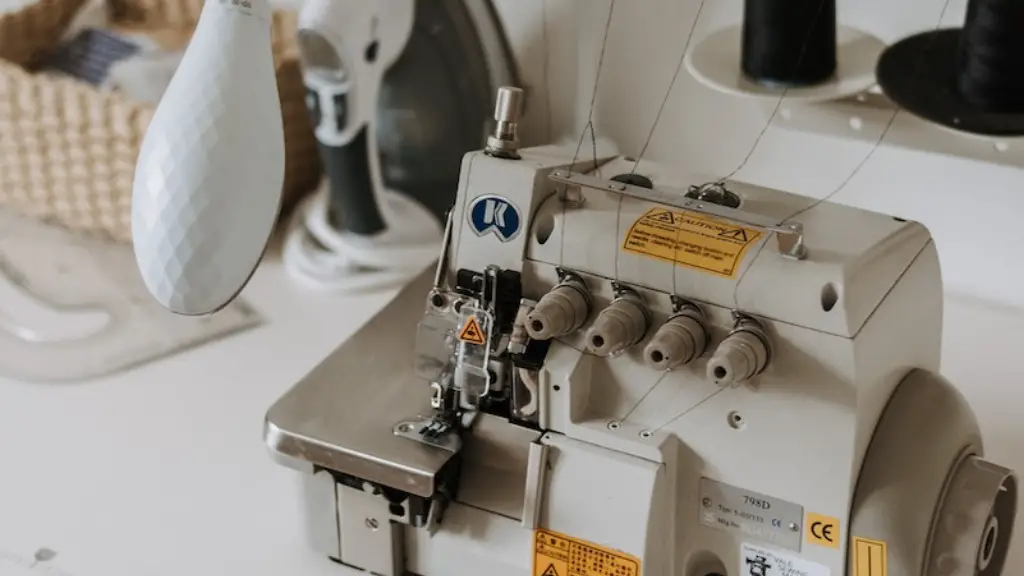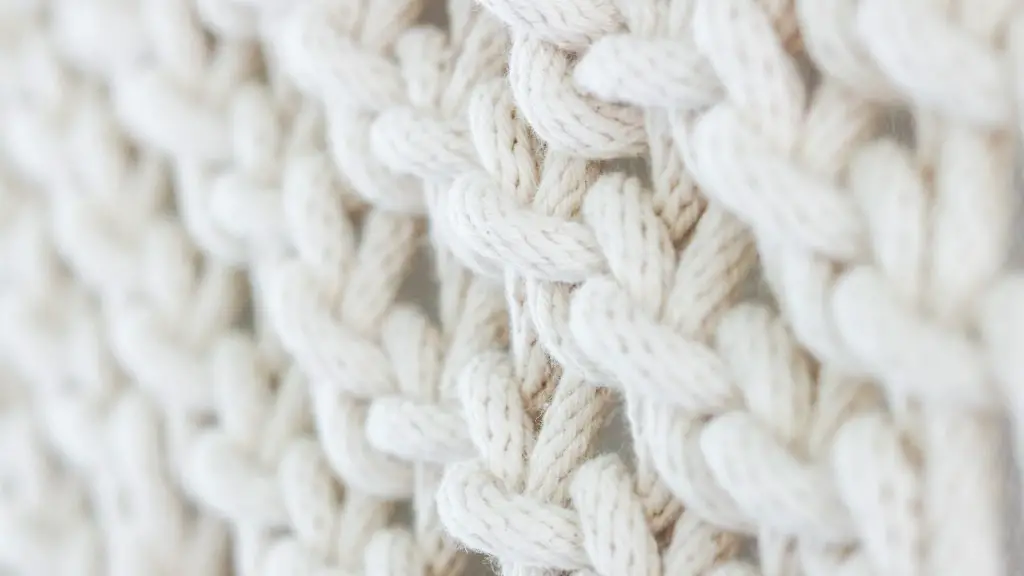Section 1: Introduction
Operating a sewing machine is an exciting challenge for those interested in handcrafting and fashion. A sewing machine is a tool used to stitch items together and can create delicate, intricate patterns and gorgeous garments. Learning how to operate a sewing machine is not necessarily an easy task, but with patience, guidance and practice it can be mastered. This article will introduce readers to the basics of using a sewing machine, explain its components, and provide helpful tips on troubleshooting and proper care of the machine.
Section 2: The Basics
Before jumping into a more detailed description of the sewing machine components and accessories, it is helpful to understand a few general tips for safely and efficiently operating the machine. Firstly, always read the instructions manual for the particular model of the sewing machine that you own. This documenation will provide specifics as to how the pieces of the machine should be handled and may also offer warnings and advice. Additionally, always be sure to unplug the machine before making any kind of adjustment to the settings or components.
Section 3: Components
The majority of basic sewing machines have a few key components in common, including the power cord, needle, bobbin, bobbin case, and the spool pin. The needle is the most important part of the machine, as it holds the thread that is responsible for putting the fabric pieces together. The bobbin is a small spool of thread and is inserted onto the bobbin case. This holds the bottom thread in place as the sewing machine operates. The spool pin is responsible for supporting the top thread and should be lined up with the needle bar whenever a new pattern is to be set up.
Section 4: Guidelines
Getting familiar with the guidelines for operating a sewing machine is essential for the successful completion of sewing projects. Turning the machine on and off requires a special procedure, as the machine must be threaded correctly before it will function. This requires loading the needle with the thread, winding and inserting the bobbin, and then passing the ends of the thread through the bobbin case. Once that is complete, the sewing machine should be ready for operation.
Section 5: Advanced Techniques
To really get the hang of using a sewing machine, it is important to understand a few more advanced techniques that allow for detailed, precise stitching projects. For instance, practicing free motion sewing allows a seamstress to use their own finger work on the machine to maneuver fabric pieces and design intricate patterns. Selecting the right type of thread and needle is also essential and can be determined by the type of fabric being used for the project.
Section 6: Troubleshooting
It is only natural for occasional problems to arise while operating a sewing machine. To remedy some common issues, it is important to know how to properly clean and oil the machine. This involves taking apart the bobbin case and removing any tangled or worn out threads, as well as lubricating the moving parts. Additionally, changing out needles frequently can help reduce the chances of any unusual stitching patterns or malfunctions.
Section 7: Caring for Your Machine
To ensure the longevity of a sewing machine, proper care and regular maintenance must be taken. Cleaning the exterior of the sewing machine is the first step. This can be done using a damp cloth and some mild detergent or a pre-treatment solution that is specifically designed for the care of sewing machines. It is also important to check and make sure that the electrical cord and plug are in good working condition. Finally, routine inspections and periodic sewing machine repair may also be needed to maintain its performance.
Section 8: Resources
For additional tips and advice on operating a sewing machine, there are numerous online resources available. Most sewing machine manufacturers offer online user guides, instructional videos, and forums for troubleshooting. Additionally, sewing blogs like Sew-It-All, Sew Mama Sew, and Pretty Prudent are great sources for advice and inspirations.
Section 9: Manuvering Different Fabrics
Manuvering different fabrics is important when operating a sewing machine. Each fabric has its own set of specifications and often require different techniques to be used while operating the machine. It is important to understand the different properties of natural, synthetic and blended fabrics and adjust the settings accordingly. When dealing with synthetic fabrics, for example, it is important to set the machine at a lower speed as the fabric is more prone to melting due to the heat generated by the needle and thread.
Section 10: Choosing the Needles
Choosing the right needle for the job is an important aspect of operating a sewing machine. Different needles are available for different tasks and are usually categorized based on their size and type. The size of the needle must match the size of the fabric thread, otherwise it could cause unraveling or gaps in the stitching. Heavy-duty needles should be used with fabrics such as denim, leather, and upholstery, while finer needles are suitable for lightweight fabrics such as silk, organza, and chiffon.
Section 11: Stitches
In order to operate a sewing machine effectively, knowing the different types of stitches is essential. The most common types of stitches are the straight stitch, the zig-zag stitch, and the buttonhol stitch. Many sewing machines offer various other decorative stitching options such as appliqué, embroidery, and overlock stitches. Knowing how to use each type of stitch is key when working on different types of fabric and for getting the desired result.
Section 12: Threads
Using the right type of thread is very important when operating a sewing machine. From cotton to polyester and silk, there are a variety of threads available for different tasks. Generally, lighter threads are preferred for thin fabrics while thicker threads are ideal for heavier materials. Threads come in a range of colors and textures, so it is important to choose one that is appropriate for the project in order to get the best results.



